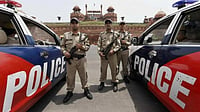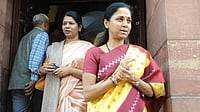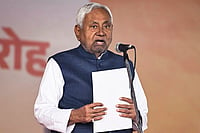Delhi’s unique experiment to curb air pollution by alternately allowing odd- and even-numbered cars on its roads has vital lessons for the rest of India. Bad air is the fifth leading cause of death across this land. Each year, six lakh people perish because of what we breathe in; thousands of children grow up with serious respiratory diseases. In the national capital, air quality is 10 times worse than the standards set by WHO. Similarly, in Pune air pollution has shot up by 35 per cent in the last five years. Five other cities—Patna, Lucknow, Agra, Raipur and Varanasi, the prime minister’s constituency—have pollution levels higher than what WHO prescribes. Twenty-three other cities, including Ahmedabad, Kanpur, Chennai and Bangalore are borderline cases. That makes the Delhi experiment—and its success—crucial, since we are dealing with a national emergency. Because so far, only Delhi has earnestly taken up damage control, and while it is a small step, that it has worked somewhat is encouraging.
Arvind Kejriwal’s bold move should convince cynics and sceptics everywhere that ‘We, the People’ are instruments, not impediments, and that should assist in sorting out the mess. Delhi has also shown that people are aware of the problem and ready to sacrifice luxuries and shoulder a few inconveniences. It has also shown that in order to save our cities, private-public partnership is the way forward. In any case, the long-term health of our cities hinges on prevention rather than cure. Balancing growth and aspirations with the greater common good is the key, not just for governments but for all of us. Delhi’s current battle with pollution is an unmistakable warning to cities and states to place immediate emphasis on building and rebuilding public transport infrastructure—now, not later. In a way, the muffler around its chief minister’s head each winter should tell us how we should order our priorities if the particulate matter that hovers around us is not to choke out our future.







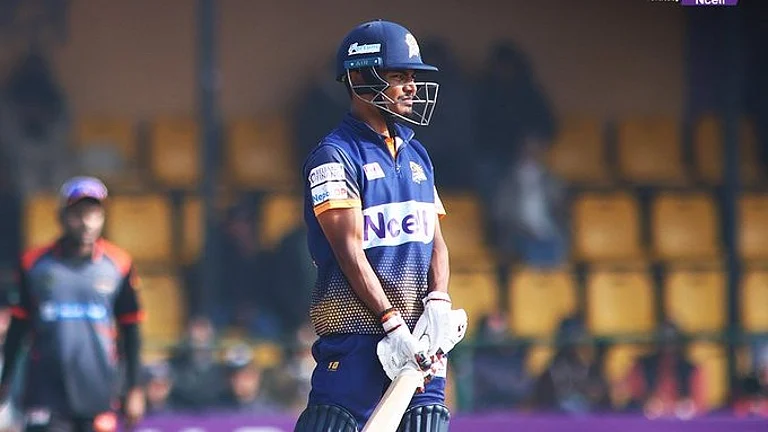







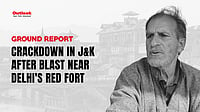


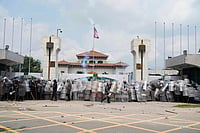
.jpg?w=200&auto=format%2Ccompress&fit=max)
.png?w=200&auto=format%2Ccompress&fit=max)
